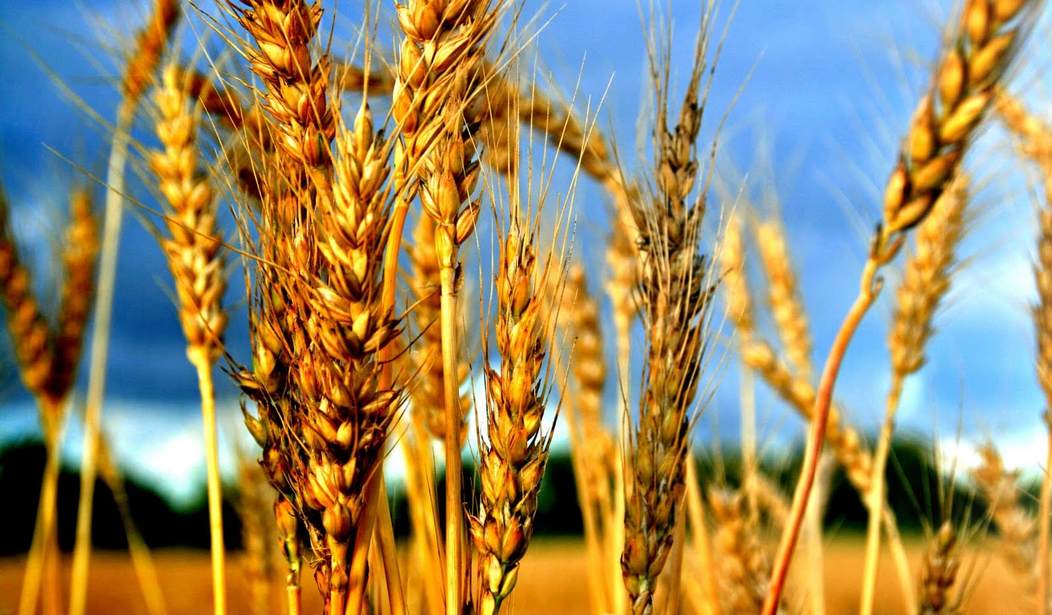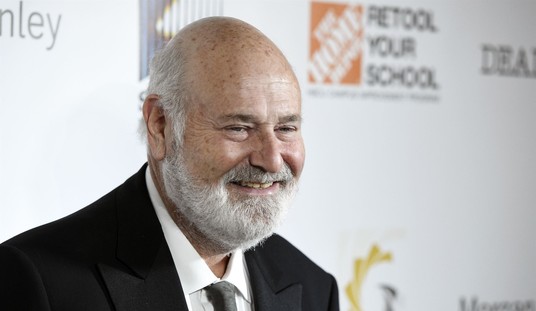Dëvar Torah — Parashath BëMidbar (Numbers, I, 1-IV, 20)
This week we begin the fourth of the five books of the written Torah, which is called the same name of this parasha: BëMibdar (“In the desert”). Interestingly, the English name of the book, Numbers, also has a Jewish provenance. It is a translation of the name assigned to it by the rabbinic translators of the Septuagint, and it reflects the name by which it was known in Talmudic times: Chumash Piqqudim (“Book of Censuses”; cf. e.g. Sota 36a). The book was so called because of the two censuses which bracket it, the first of which occurs in our parasha.
The census was conducted in two parts. In the first phase, each male aged twenty years and older belonging to eleven of the twelve tribes was counted. In each case, the head of the tribe was named, and then the members were counted by family.
The “missing” tribe is Lévi, which is uniquely singled out for Divine service and counted separately in the second phase. The census of the Levitical families is introduced with:
And these are the descendants of Aharon and Moshe on the day that Ha-Shem spoke with Moshe on Mt. Sinai. And these are the names of the sons of Aharon the first-born … (III, 1-2).
The wording of the first of these two verses leads us to expect to find Moshe’s two sons, Gershom and Eli‘ezer, mentioned somewhere in the succeeding paragraph. Since Aharon was the first-born, it is not surprising that his sons come first, but after discussing them and their installation in the priesthood, we are suddenly confronted by a general command to marshal the Levites and assign them to their tasks.
Where are Moshe’s sons? Why are they not mentioned?
The great medieval commentator Rashi was bothered by our question, noting that the verse only mentions the sons of Aharon. He proposes to resolve it with an idea which occurs fairly frequently in Talmudic literature (cf. e.g. Sanhedrin 19b, 99b, and Sifrei Va’ethchannan 9). He suggests:
[Aharon’s sons] are called Moshe’s descendants because he taught them Torah, which teaches that anyone who instructs his fellow’s son in Torah is considered as though he begat him.
However, this noble sentiment does not seem to address the question. Surely Moshe also taught his own sons Torah, not to speak of all the rest of Israel. Why, then, are Aharon’s sons singled out?
Rashi’s grandson, Rabbi Shëmu’él ben Mé’ir (Rashbam) provides us with a clue. He cites the explicit language of I Chronicles XXIII, 14:
And Moshe’s sons were called among the tribe of Lévi …
He explains that Moshe’s descendants constituted the entire membership of the ‘Amrami family, since ‘Amram had had only two sons, Aharon and Moshe, and Aharon’s family had been separated from the rest of Lévi by virtue of their election to the priesthood.
But why should Moshe’s physical progeny only be mentioned in so hidden and surreptitious a fashion?
In my humble opinion there is a great lesson to be learned here, one which is especially apropos to the current season.
With the close of this coming sabbath, we begin celebrating the holiday of Shavu‘oth, literally “Weeks.” We arrive at the holiday by counting seven “weeks” of seven days each right up to the occasion of the holiday, fifty days after the onset of Passover (cf. Leviticus XXIII, 15-16). The occasion for the farmers of the agrarian Biblical economy to bring the “first fruits” of their harvest to the Temple (whence it is also called Chag Habikkurim; cf. Exodus XXIII, 15 and XXXIV, 22), Shavu‘oth also marks the day Moshe first ascended the mountain to receive the Torah by direct dictation from G-d.
As the great 17th Century rabbi of Prague, Rabbi Yisha‘yahu ha-Lévi Horowitz, points out in his monumental work Shënei Luchoth Habërith, there is an intimate connection between the parashoth and the seasons in which they are read, and this parasha always immediately precedes Shavu‘oth.
In Avoth IV, 13, we learn that Israel is graced by three “crowns”: the crown of priesthood, of kingship, and of Torah. Of these, the first two are purely hereditary. Only lineal descendants of Aharon are priests (kohnaim), and only lineal descendants of King David may properly be called kings. Only the crown of Torah is our common heritage, accessible to any Jew who wishes to learn and apply himself.
It is to bring home this truth and demonstrate the grandeur of Torah relative to the other “crowns” that Aharon’s sons are mentioned in the guise of tolëdoth Moshe — “Moshe’s offspring,” rather than as kohanim which they were by birthright — and that this occurs in the parasha always read before the anniversary of the granting of the Torah. It serves as a reminder to encourage each of us to reach out with renewed fervor to claim the greatness which is rightfully ours.
Chag Shavu‘oth saméach!









Join the conversation as a VIP Member